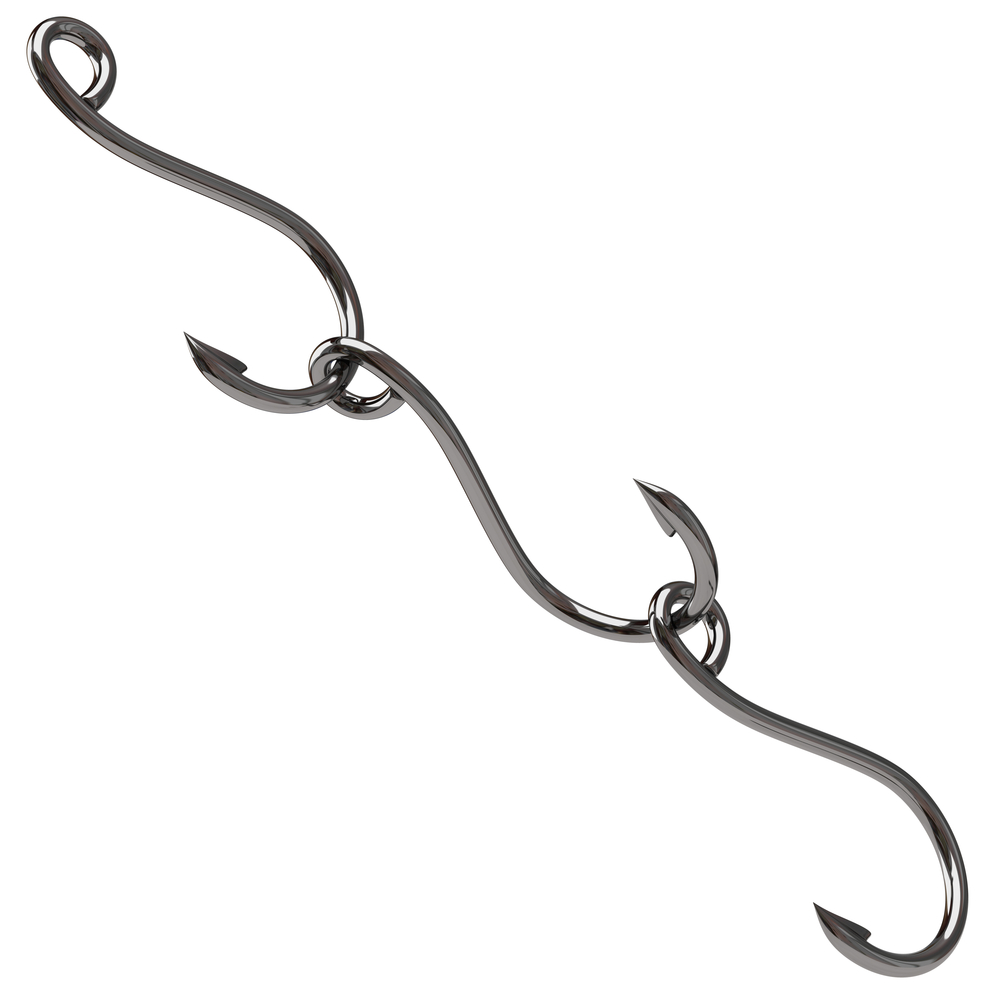Some webmasters have noticed it’s taking longer to move the PageRank needle, but the slow progress may not necessarily indicate an SEO fail. In a recent Google Webmaster Help Channel video, Search Engineer Matt Cutts said the search engine is not updating the PageRank indicator as frequently as it once did. Google now refreshes these figures every few months. This is unlikely to change anytime soon as Cutts recently tweeted that it’s unlikely PageRank will be updated before 2014. As a result, marketers might not be able to closely track the rise and fall of PageRank.
The PageRank indicator might even become obsolete in the future, Cutts warned. He also took the opportunity to explain a clear factor in PageRank.
“PageRank is about the number of links to a site,” Cutts advised. “It’s not just the quality of your content. The quality of your content [can determine] how much people will want to link to you … But PageRank doesn’t look at the quality of the text on your site. It’s looking at the number of links and the quality of links pointing to your site.”
How can marketers optimize their sites to improve PageRank? Cutts suggested:
- Creating good architecture, such as a tree-like structure
- Building a solid home page with well-linked static links to individual pages
- Making sure the most important pages are only one or two links away from the Home page to pass PageRank
- Sharing your high-quality content to get people to link to it
“PageRank is about the number of links to a site.”
Creating great content is an important piece of the puzzle, but written resources must be supported by structural elements that make sense to search crawlers. Marketers must take a multi-pronged approach, combining content creation, SEO and social sharing, to give their campaigns the fuel needed to rise in search results.
Brafton recently created a resource to help marketers avoid algorithmic penalties while strengthening their link profiles. Download the Penguin-proof link building guide to learn how to build better practices or recover from a previous penalty.





